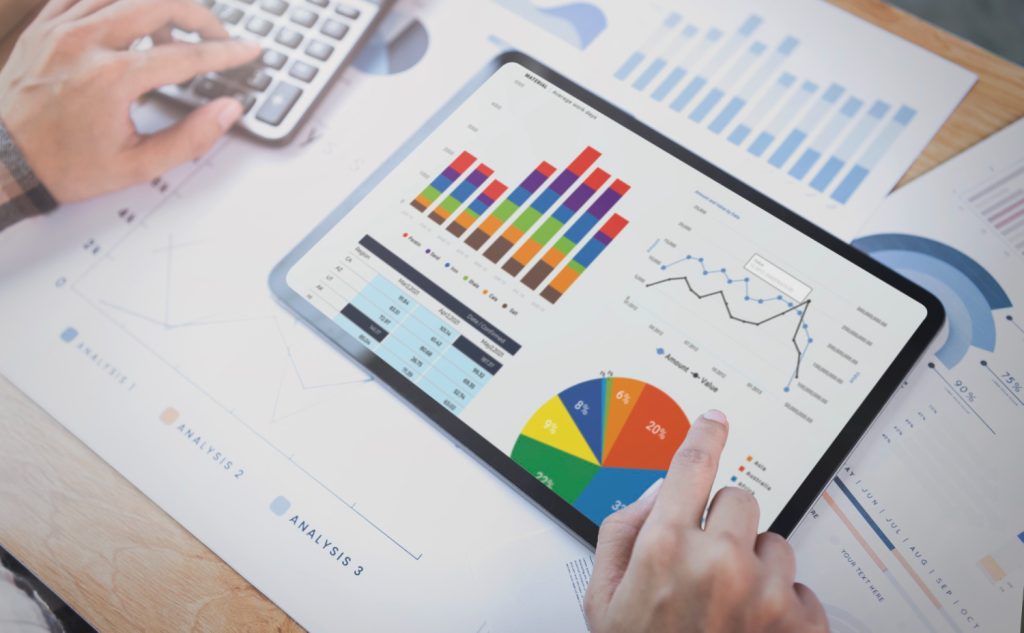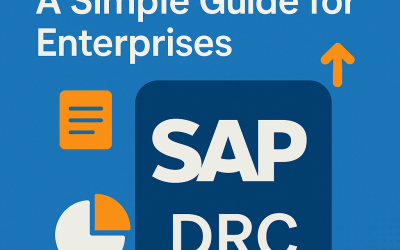In the current digital world, there is a lot of data, which directly means that in business, decision making should be very fast and accurate. Due to the fast-moving environment, waiting for a response or data which may be somewhat stale is not feasible. This is where SAP S/4HANA comes handy by providing real-time analysis and reporting which would change the way in which business is done. But how exactly does this all happens.
In the below article, we will discuss how companies can make use of SAP S/4HANA for real-time data analysis and why it has become so important for the organizations today.
What is SAP S/4HANA?
Before we delve deep into real-time analytics and reporting, let us understand what SAP S/4HANA is and how it alters the landscape of ERP systems. SAP S/4 HANA is the newest SAP business suite designed for organizations to performing complicated tasks in simple manner. It is different from traditional ERPs since it is capable of using in-memory computing to compute data and produce real-time reports and analysis. SAP S/4HANA is highly effective because of the elimination of data
constraints and reduction of duplication.
The Need for Real-Time Analytics and Reporting

With the basics of SAP S/4HANA out of the way, it is now time to discuss why real-time analytics and reporting are essential for any contemporary business. This is because in the dynamic business environment, decision cannot be done at a later date especially when there is a competition. The data batch processing and delayed reporting features make those traditional data analytics systems unsuitable for real-time decision-making. These older systems take time to process data and do not provide real-time information which can be very much detrimental in today’s industries such as finance, manufacturing, and retail.
How SAP S/4HANA Enables Real-Time Analytics
As we have discussed the major problem that comes along with the older and traditional data analytics system, it is time to consider how SAP S/4HANA solves these problems with the help of real-time analytics.
The most revolutionary thing about SAP S/4HANA’s is its in-memory computing technique. In contrast to the conventional databases that contain data on disks, SAP HANA, which is S/4HANA’s underlying database, stores data in memory, enabling the system to process extensive amounts of information within a blink of an eye. This means that the businesses are able to get updates directly without having to wait for reports which are compiled after a certain period of time.
Besides, it is equipped with the real-time analytics tools that allow the businesses to monitor the KPIs, create the reports, and analyze trends. SAP Fiori is integrated with the system where the user interface is more user friendly and offers analytics on every user depending with his own dashboard.
4 Key Benefits of Real-Time Analytics with SAP S/4HANA
Having looked at how SAP S/4HANA makes real-time analytics possible, let us now look at the advantages of this approach to businesses. The availability of information in real-time has brought about a major shift.
Here are some key benefits of leveraging real-time data through SAP S/4HANA:
- SAP S/4HANA enables quick decision-making by providing real-time information about the company’s operations, the market, and customers.
- Businesses can respond swiftly to changes, avoid losses, and seize opportunities.
- Real-time data allows for better forecasting and trend analysis, helping businesses predict future trends and make proactive changes.
- Enhanced organizational performance is achieved as managers can quickly identify and resolve issues like bottlenecks.
Reporting Features in SAP S/4HANA
Now that we have understood the advantages of real time analytics, let’s take a closer look at the reports that SAP S/4HANA offers. SAP S/4HANA offers a set of various enhanced reporting capabilities allowing firms to get a better understanding of their operations. However, the best attribute is the fact that it has an inbuilt analytical tool where users can be able to develop reports within the system. This helps in avoiding the transfer of data to other systems for analysis thus making the reporting process easier.
Also, SAP S/4HANA is compatible with SAP Analytics Cloud, a tool that provides enhanced reporting features such as AI and predictive analytics. Organizations are able to have a variety of dashboards and reports for the company so that they always have the necessary information they need.
Case Study: How Real-Time Reporting Transforms Businesses
Having looked at the reporting features of the SAP S/4HANA, we can now proceed to look at some of the real-world examples to see how they have impacted on businesses. For instance, a global manufacturing firm had problems of keeping an integrated perspective of its business activities across various geographical locations.
By adopting SAP S/4HANA the company was able to view their supply chain, production line and financial health in real time. In addition to this, it enhanced decision-making speed while at the same time cutting down the operational inefficiencies by a quarter.
Likewise, a retail giant company that implemented SAP S/4HANA recorded an increase in the forecasting accuracy by 20%. Through the use of real time data to forecast the consumer trends, the company was in a position to optimize its stock, minimize on stock out situations for customer satisfaction.




0 Comments